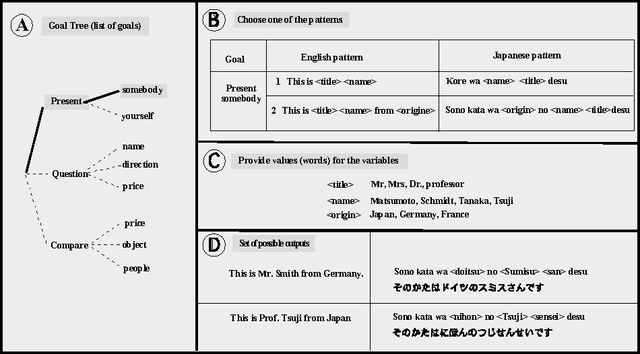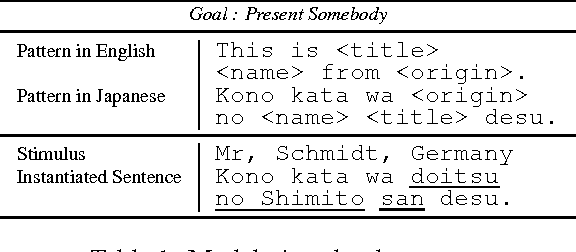Let's get the student into the driver's seat
Paper and Code
Nov 23, 2007



Speaking a language and achieving proficiency in another one is a highly complex process which requires the acquisition of various kinds of knowledge and skills, like the learning of words, rules and patterns and their connection to communicative goals (intentions), the usual starting point. To help the learner to acquire these skills we propose an enhanced, electronic version of an age old method: pattern drills (henceforth PDs). While being highly regarded in the fifties, PDs have become unpopular since then, partially because of their lack of grounding (natural context) and rigidity. Despite these shortcomings we do believe in the virtues of this approach, at least with regard to the acquisition of basic linguistic reflexes or skills (automatisms), necessary to survive in the new language. Of course, the method needs improvement, and we will show here how this can be achieved. Unlike tapes or books, computers are open media, allowing for dynamic changes, taking users' performances and preferences into account. Building an electronic version of PDs amounts to building an open resource, accomodatable to the users' ever changing needs.
 Add to Chrome
Add to Chrome Add to Firefox
Add to Firefox Add to Edge
Add to Edge